Nikki Allan trial: Accused says prosecutors blinkered against him
- Published
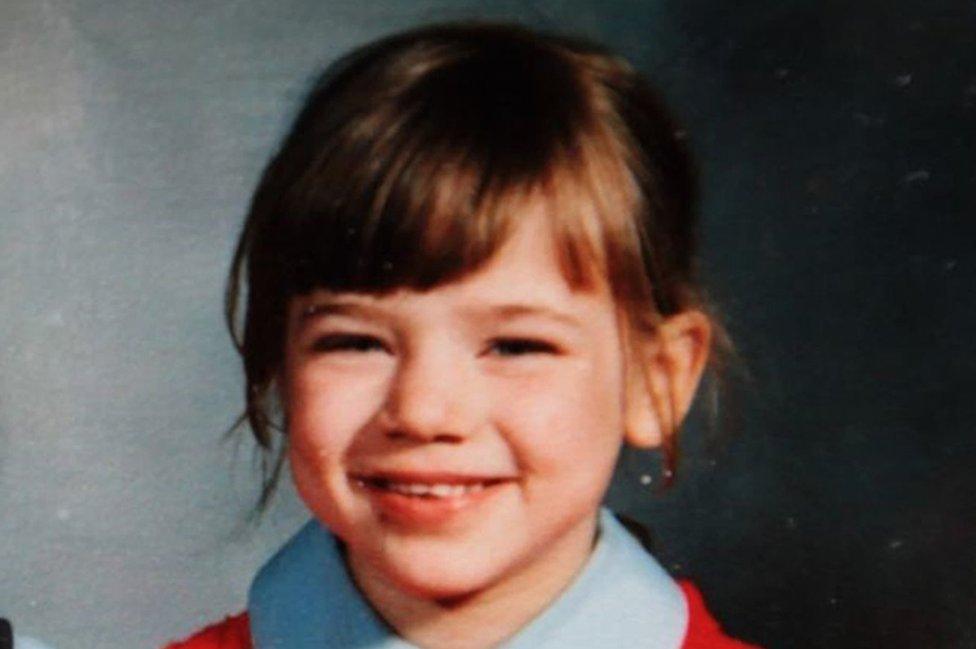
Nikki Allan was killed on 7 October 1992
Prosecutors who previously wrongly charged a man with a girl's murder remain "blinkered" towards a new defendant, a court has heard.
Nikki Allan, seven, was hit with a brick and stabbed in Sunderland's Old Exchange building in October 1992.
David Boyd, 55, of Stockton-on-Tees, denies murder and declined to give any evidence at Newcastle Crown Court.
Prosecutors said jurors "could be sure" of his guilt. His lawyers said there was no direct evidence against him.
The court has heard Nikki was seen walking with a man towards the Old Exchange from her home in the Wear Garth flats shortly before 22:00 on 7 October 1992.
Her body was found in the basement the following day after she was reported missing.
Her skull had been fractured with a brick and she had been stabbed in the chest at least 24 times, the court heard.
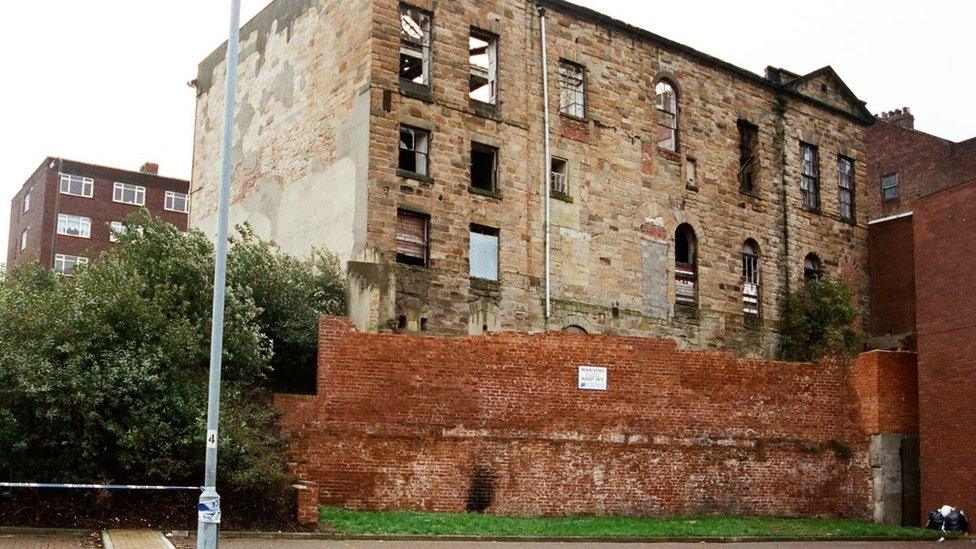
Nikki Allan was killed and her body abandoned in the Old Exchange building in the east end of Sunderland
Prosecutor Richard Wright KC said there were a number of circumstantial strands that pointed towards Mr Boyd, including:
He knew Nikki and the building where she was killed
He bore a "striking resemblance" to a man seen walking with a girl believed to be Nikki shortly before her death
DNA matching only his was found on her clothes
His movements that night were largely unaccounted for and he lied about what time he went to the fish and chip shop to provide a false alibi
He had sexual fantasies about girls of Nikki's age and was convicted of groping a nine-year-old girl
In his closing statement, Jason Pitter KC for Mr Boyd said investigators had been "blinkered" initially by their belief it was George Heron, who was found not guilty at a trial in 1993 after a judge ruled police questioning of him had been oppressive.
Mr Pitter said the blinkers had "very much stayed on" and "the blinkered gaze has shifted this time to David Boyd".
He said such an approach "ignored the complete body of evidence" which, when looked at, showed Mr Boyd was not the killer.
Watch the moment David Boyd was arrested
Mr Pitter said the defence agreed it was a "truly awful case" and Nikki "died in horrible circumstances" but jurors should set aside the "natural and reasonable" feelings of sympathy and judge the evidence alone.
He also said there were aspects of Mr Boyd's history which "no doubt appalled" jurors which was "understandable" but they "must not stray into prejudice", adding his previous crimes were "very different from the extreme violence" used on Nikki.
Mr Pitter said there was "no real evidence to suggest there was a sexual component to the killing" of Nikki so jurors had to be "be very careful" with how much weight they put on his 1999 conviction for indecent assault.
Mr Pitter said the DNA samples that matched Mr Boyd's profile were only found in small quantities on Nikki's clothes and the evidence was "clouded by the assumption that it is necessarily the DNA of the killer".
"We are dealing with very tiny amounts, a few cells," Mr Pitter said.

Jurors were shown a mannequin dressed in clothes like those worn by Nikki the night she died
He also said there could be "hundreds of people" who matched the DNA profile, but even if it was Mr Boyd's, not all of the DNA found on the clothes was from that profile.
Mr Pitter said the DNA could have got there "long before" she was killed through "innocent contact".
He said they lived in close proximity in Wear Garth providing "endless" possibilities for Mr Boyd's DNA to be transferred on to her from a surface he had touched previously.
He said Mr Boyd's claim it may have got on her clothes when he was spitting off his balcony was a "realistic possibility" and it could have been spread by the fabrics of her shirt and leggings rubbing against each other.
Mr Pitter said Mr Boyd had been "willing to participate" in the investigation by providing a DNA sample which was not something he would have done if he had something to hide.
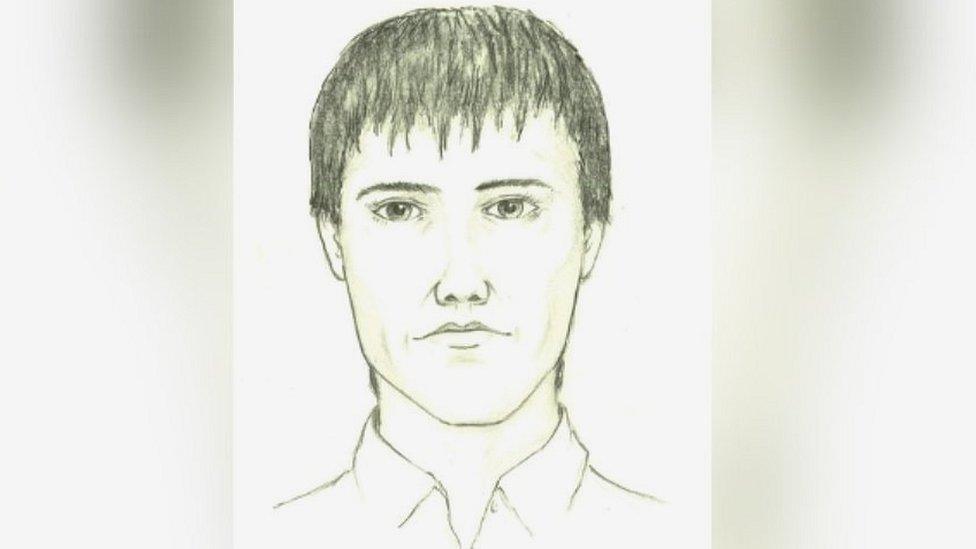
An artist's impression of the man seen with Nikki before she died was shown to jurors
He said Mr Boyd was not the man seen with Nikki that night and the description and sketch provided by witness Margaret Hodgson was "not even close beyond a very general sense" to looking like him with there being "significant differences".
He said Ms Hodgson claimed the man was clean shaven and between 5ft 7in and 5ft 8in (170cm to 172cm) tall, but Mr Boyd had a moustache and was 6ft (182cm).
Mr Pitter said there had been a 30-year gap between the accounts of his movements Mr Boyd gave to police which prosecutors said showed discrepancies and lies.
"It is difficult to criticise anybody for giving an account that differs from one given 30 years ago, especially if it is an innocent one," Mr Pitter said.
He also said jurors should be "very slow" about using Mr Boyd's refusal to give evidence in court against him, adding: "What more could he have said that he hasn't said already [to police]?"
Mr Pitter said it was "not for [Mr Boyd] to prove it wasn't him" and the burden of proof rested entirely on the prosecution.
The trial continues.

Follow BBC North East & Cumbria on Twitter, external, Facebook, external and Instagram, external. Send your story ideas to northeastandcumbria@bbc.co.uk, external.
Related topics
- Published10 May 2023
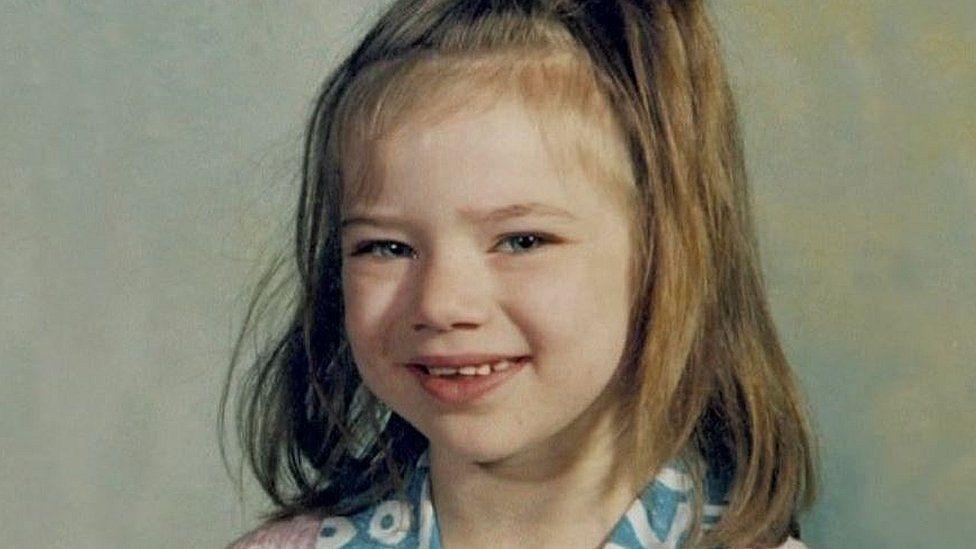
- Published9 May 2023
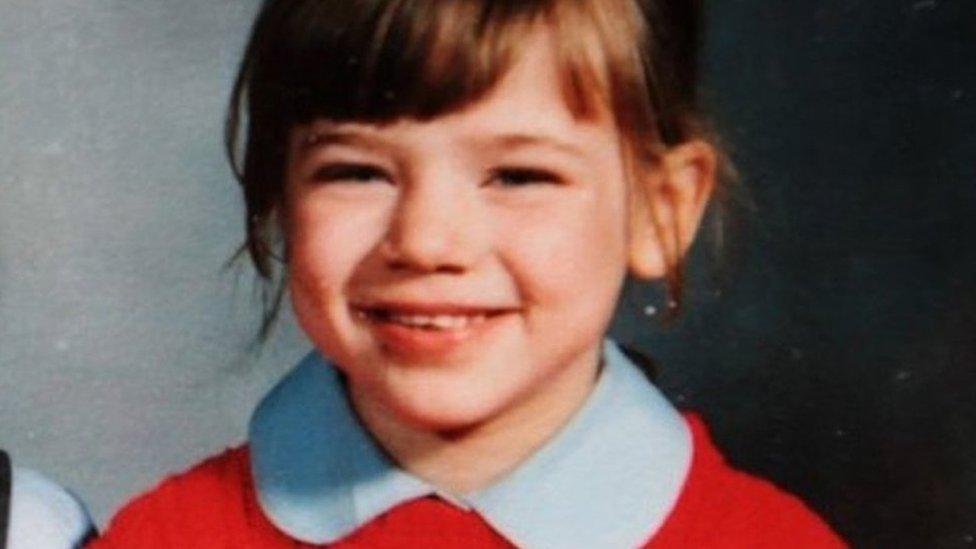
- Published4 May 2023

- Published3 May 2023

- Published2 May 2023

- Published27 April 2023

- Published26 April 2023

- Published25 April 2023
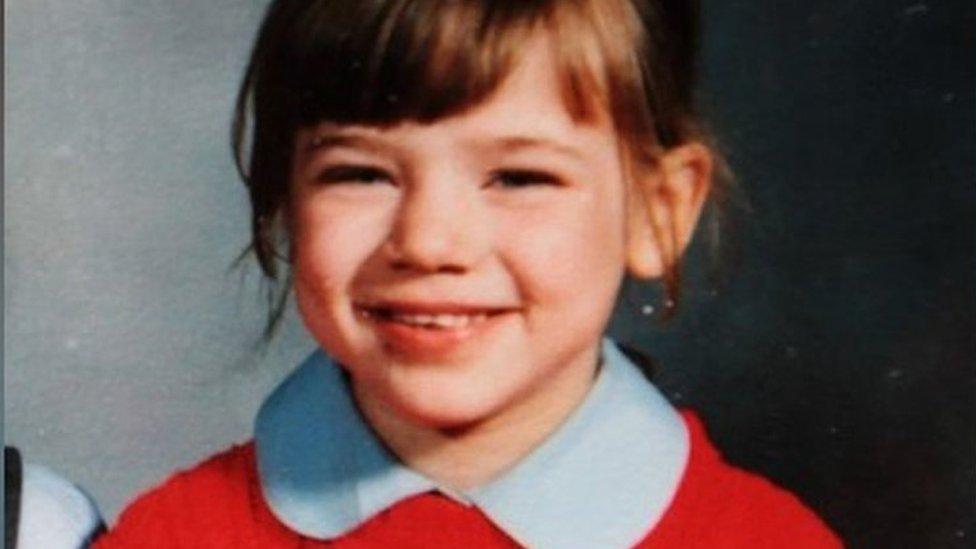
- Published24 April 2023

- Published20 April 2023
